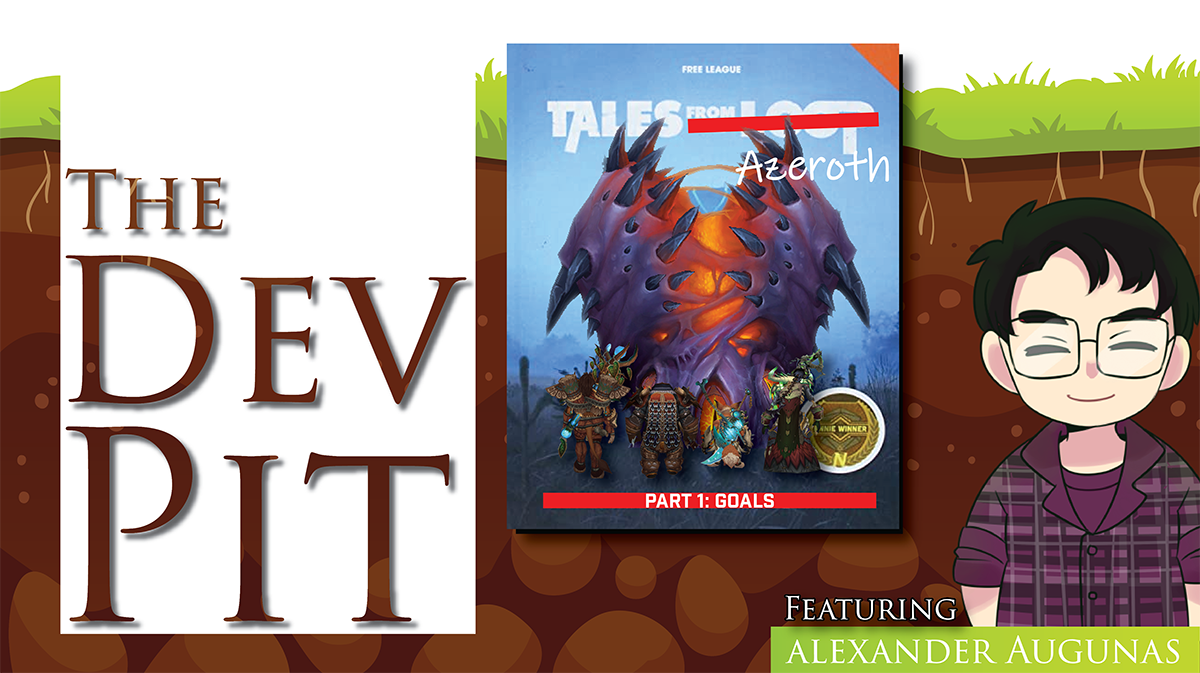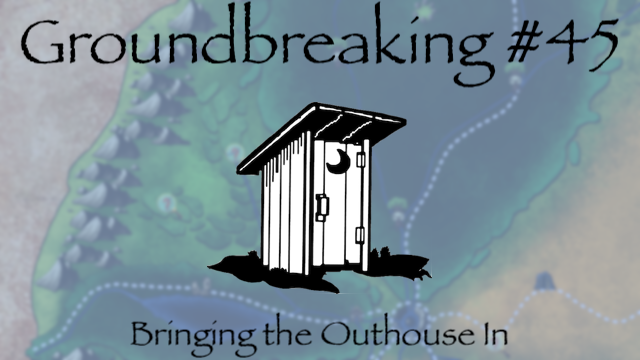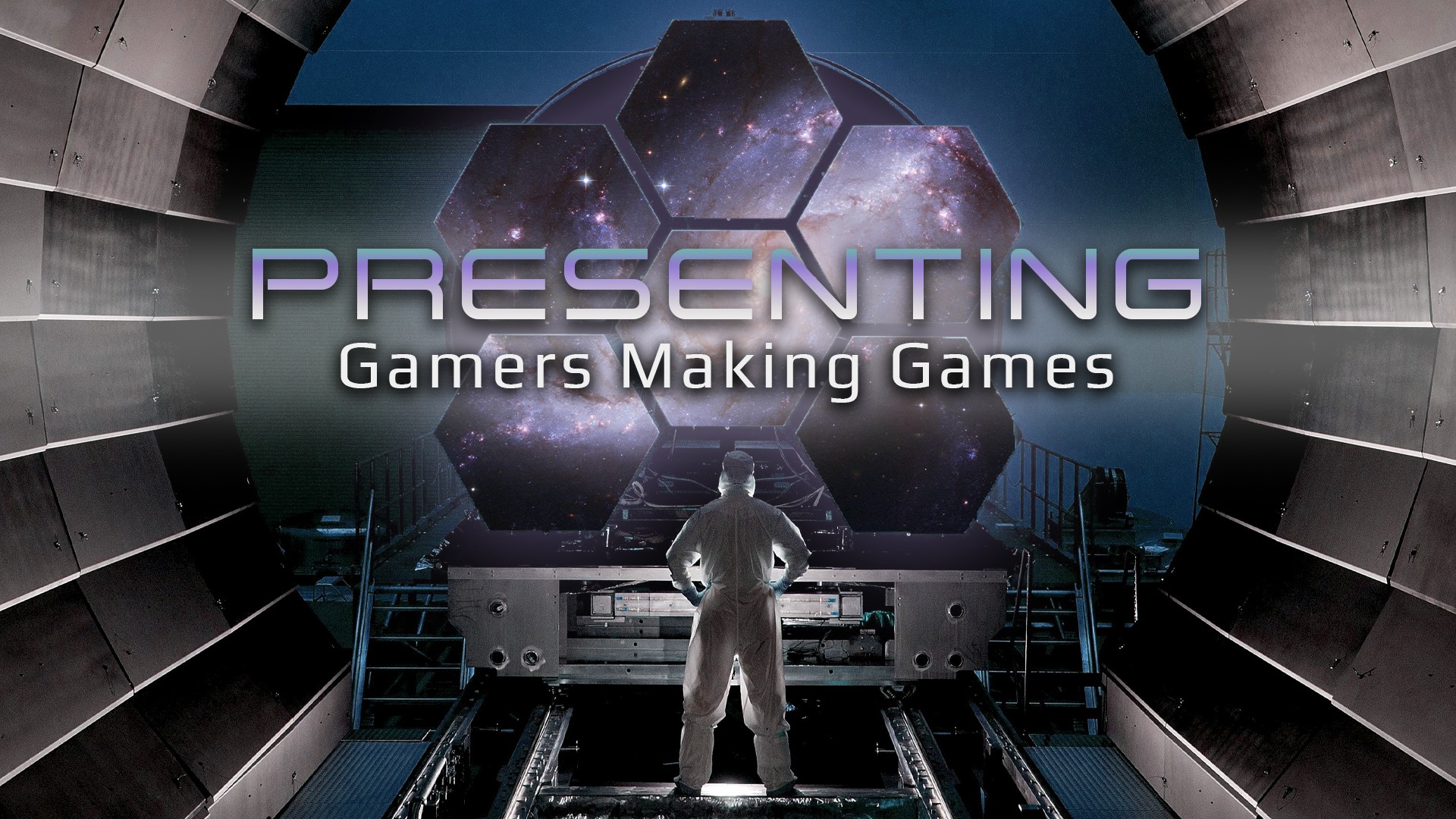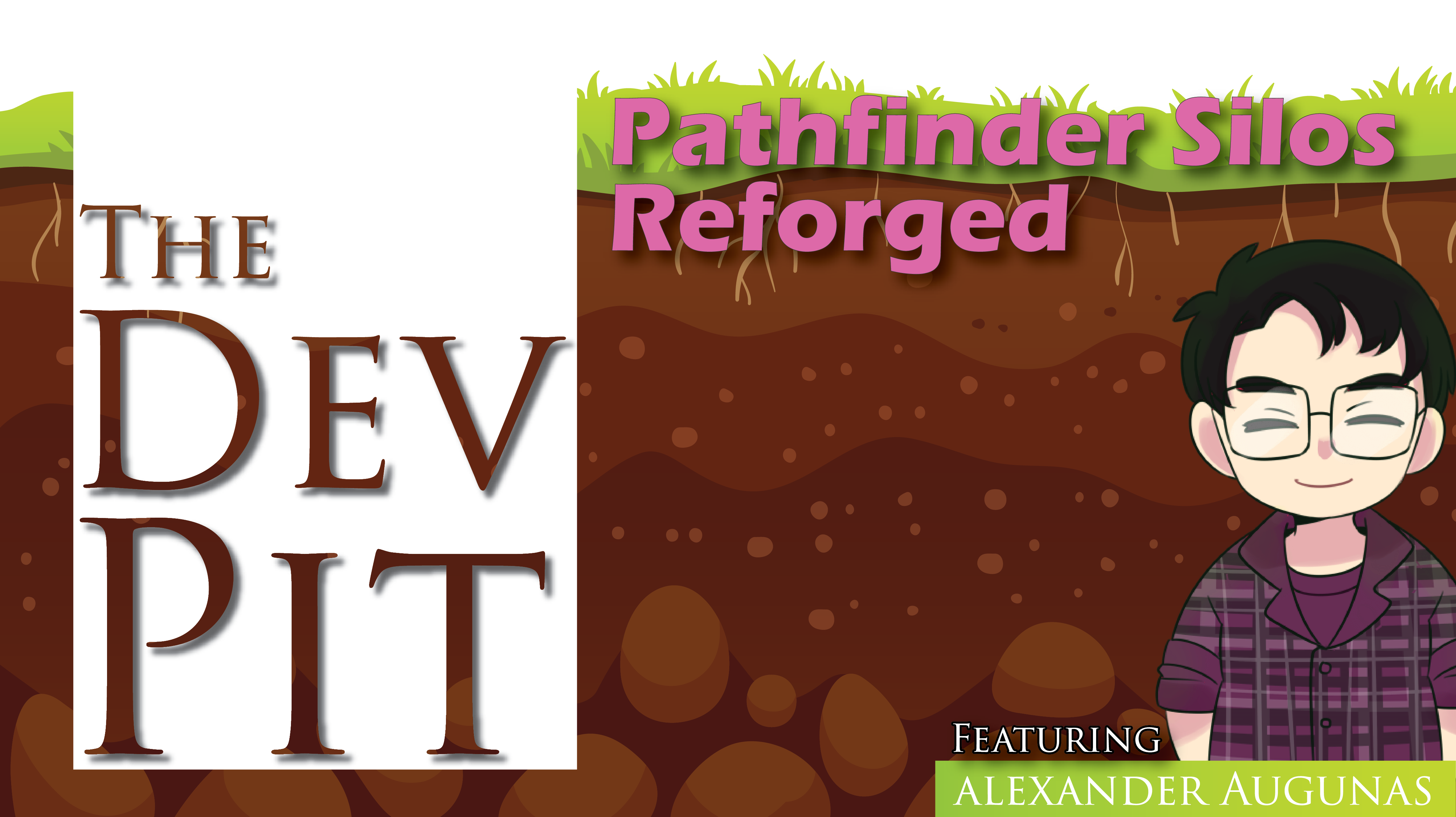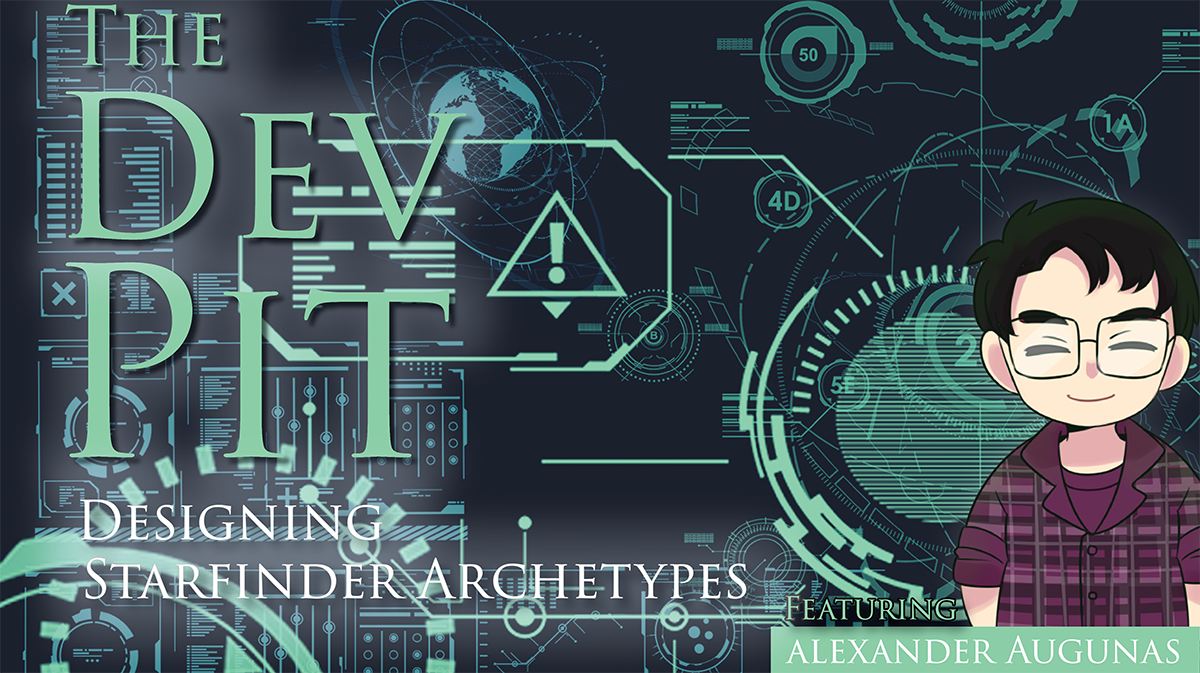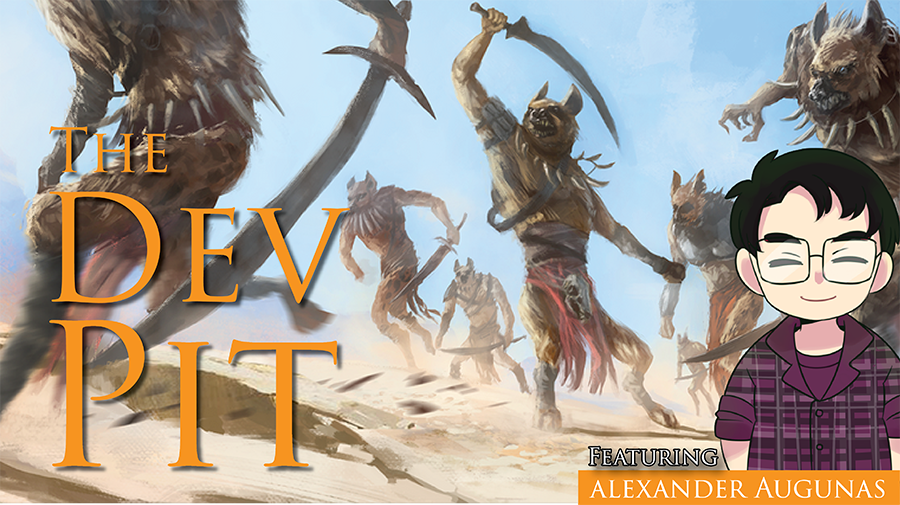Hello, wonderful readers! One thing I’ve always enjoyed was the universe of World of Warcraft. Sure, it’s super trope heavy and the in-game story has always been very broad-strokes in order to appeal to the widest possible audience, but overall I’m a big fan of the world, the setting, and the characters. There’s just one thing about it that I’m not a fan of, and that’s Dungeons and Dragons style roleplaying games that are set in it. Now, don’t get me wrong, I don’t think that there’s anything inherently bad about Tabletop RPGs set on Azeroth—far from it. I just don’t think that the Dungeons and Dragons / Pathfinder style of tabletop RPGs can really capture the Warcraft experience because a big part of that experience is playing World of Warcraft, and classes and specializations change CONSTANTLY in that game. I won’t bore you with the details, but whenever a major expansion comes out many players expect, even beg for, their class to be changed in some major capacity. World of Warcraft expansions aren’t so much expansion packs as they are new editions of World of Warcraft, much like how Dungeons and Dragons 3.5 is a radically different game from Dungeons and Dragons 5e. This can make it rather difficult to RP in the Warcraft world, especially if you want to roleplay your in-game character outside of the World of Warcraft MMORPG as every 2 years your game character could receive a major overhaul to their class that makes the two worlds apart. For example, going from Warlords of Draenor to Legion saw demonology warlocks lose their iconic abilities that allowed them to transform into a demon to the new demon hunter class, so if your TTRPG character can turn into a demon there is suddenly a major disconnect from your MMORPG character who no longer can.
Along similar lines, what if you want to be able to roleplay in game, but want to have some actual rules and chance regarding what can happen? Just saying what you do is fine and all, but a good rules system can be very helpful. When there are no rules, what usually ends up happening is that the louder person or the person who is the faster typer wins. With a good set of rules, everyone is literally playing the same game. But in my experience, trying to take a game like Pathfinder and make it work while you’re playing in World of Warcraft works even less. Pathfinders and Dungeons and Dragons both stem from war game roots, and while both work without the miniatures and 5-foot squares of real-life play (Dungeons and Dragons 5E more so than Pathfinder 2E, if we’re being honest), both games have a lot of rules and mechanics; a ton of different character building places that you would basically have to design yourself. And let’s be real, I don’t want to have to design a Frost Magic school for frost mage wizards and I don’t want to have to completely kit bash D&D’s warlock class to change its focus from patrons to essentially being a demonic summoner. After all, I’m a professional and I don’t want to write hundreds of thousands of words for a rules system that I’m basically going to use as a beer and pretzels game to play with my guildies online and never actually be able to sell to anyone. So, what do I do?
Use a different system.
My Goals
Before we get started with the reasons why using a different system might be my best possible option, let’s begin by talking about what my goals are for this alternate rules set. The Point of this rules set isn’t to make a crunchy character-building engine like what Pathfinder or Dungeons and Dragons has. Frankly, World of Warcraft IS a crunchy, character-building experience, and plenty of other people have made Pathfinder or D&D ports of World of Warcraft. The point of this game is to support in-game roleplaying by having a quick, easy system that resolves conflicts quickly that’s supported by game mechanics and doesn’t need to be constantly updated with new patches and expansions.
The Merits of Using a Different System
I’m a firm believer that with enough work, you can make any system do whatever you need it to. You can add rules to Dungeons and Dragons to make it a dating simulator, you can tweak rules in Pathfinder 2E so Nimble Dodge is a feat worth taking, and if you want to take Tales from the Loop and add Hit Points and special powers and abilities, you can do that too. But at some basic level, there are things about different games that you can’t change. Games like Pathfinder and Dungeons and Dragons are character building games. The purpose of those games (from the player perspective) is to build and grow a hero with new powers and abilities. A game like Tales from the Loop is inherently about the story first and foremost, and rather than being able tactics or battles, the game’s mechanics are mostly about resolving conflicts. There’s no battle map in Tables from the Loop, no special powers to track, and no classes or abilities that could suddenly become outdated when a new World of Warcraft expansion is released.
In my opinion, a game like Tales from the Loop has the perfect game system for the World of Warcraft MMORPG because it has a system that meets the fundamental needs of the people who are trying to roleplay in World of Warcraft: conflict resolution. Yes, you can absolutely make a badass Pathfinder 2E port of World of Warcraft and have Protection Paladins and Holy Paladins and Retribution Paladins all be different causes and have cool feats that you get as you level up that change your abilities, but you don’t need that to roleplay in the game (and arguably, you don’t need that to roleplay at the table). So for the purpose of this series, I’m going to be using Tales from the Loop as the basis for my game design (which is, itself, based on the game Mutant: Year Zero).
With this discussed, let’s take a look at the core mechanic of Tales from the Loop, which I’ve republished from my 5 Likes & Dislikes article:
- Whenever you’re in Trouble (ie something happens that you need dice to determine the outcome), the GM tells you how difficult the Trouble is by telling you how many successes you’ll need to overcome it. This is typically a number between 1 and 3, but the game doesn’t actually say you can’t require more successes if you want. The GM either tells you what skill you can use to overcome the Trouble, or sometimes the GM will allow the Kid to pick what skill they’re going to try and use instead; skill use informs the number of successes needed, so if you try to use a skill in a way that’s unlikely to work, the GM can bump up the number of successes you need.
- The Kid who’s testing for the trouble picks up a bunch of d6s. The number is equal to the number of points they have in the skill (1 to 5) plus their attribute (also 1 to 5). The kid might get to add additional dice if they’re using an appropriate item or getting some other benefit. They then roll all of those d6s.
- The Kid counts the number of “sixes” they roll out of all their dice. Every six is a success.
- If the Kid gets enough successes, they succeed. If they get more than enough successes, every skill has a list of “bonus effects” that the kid can choose to impose upon the situation. The GM and the Kid can work together to make up custom effects if appropriate. If the Kid doesn’t get enough successes; something bad happens. This is often a Condition, which represents things like being Upset or Scared.
So let’s take this idea and switch the terminology to Azeroth.
- Whenever you’re in
TroubleConflict (ie something happens that you need dice to determine the outcome), the GM tells you how difficult the Conflict is by telling you how many successes you’ll need to overcome it. This is typically a number between 1 and 3, but the game doesn’t actually say you can’t require more successes if you want. The GM either tells you what skill you can use to overcome the Conflict, or sometimes the GM will allow theKidChampion to pick what skill they’re going to try and use instead; skill use informs the number of successes needed, so if you try to use a skill in a way that’s unlikely to work, the GM can bump up the number of successes you need. - The Champion who’s testing for the conflict picks up a bunch of d6s. The number is equal to the number of points they have in the skill (1 to 5) plus their attribute (also 1 to 5). The Champion might get to add additional dice if they’re using an appropriate item or getting some other benefit. They then roll all of those d6s.
- The Champion counts the number of “sixes” they roll out of all their dice. Every six is a success.
- If the Champion gets enough successes, they succeed. If they get more than enough successes, every skill has a list of “bonus effects” that the Champion can choose to impose upon the situation. The GM and the Champion can work together to make up custom effects if appropriate. If the Champion doesn’t get enough successes; something bad happens. This is often a Condition, which represents things like being
Upset or Scared(we’ll need to come up with more Warcraft-sounding conditions as part of this).
As you can see, this core mechanic fits our needs well. You pick up a bunch of d6s (something you can very easily do in-game with a dice rolling add-on or macro), the GM tells you how many successes you need to succeed, and you roll!
With this in mind, let’s take a look at the core things we’ll need to adapt to make the system work:
- Age. This is a core mechanic in Tales from the Loop, but isn’t very important in World of Warcraft.
- Attributes. Both Tales from the Loop and World of Warcraft have Attributes.
- Types. In Tales from the Loop, this whether you’re a book worm or a jock, or whatever. We don’t need that in World of Warcraft, but we do need classes.
- Skills. This is going to have to be completely overhauled for Tales from Azeroth; the setting is just too different!
Moving Forward
With all this in mind, I’m going to sketch out an itinerary for the next few weeks of Guidance, which will be working to take this idea and make it a reality.
- Tales from Azeroth Part 2: Attributes and Skills.
- Tales from Azeroth Part 3: Class and Race.
- Tales from Azeroth Part 4: Running Tales from Azeorth? Maybe? Not sure of this one yet.
With that in mind, I hope you’ll join me in the future for this wild ride!
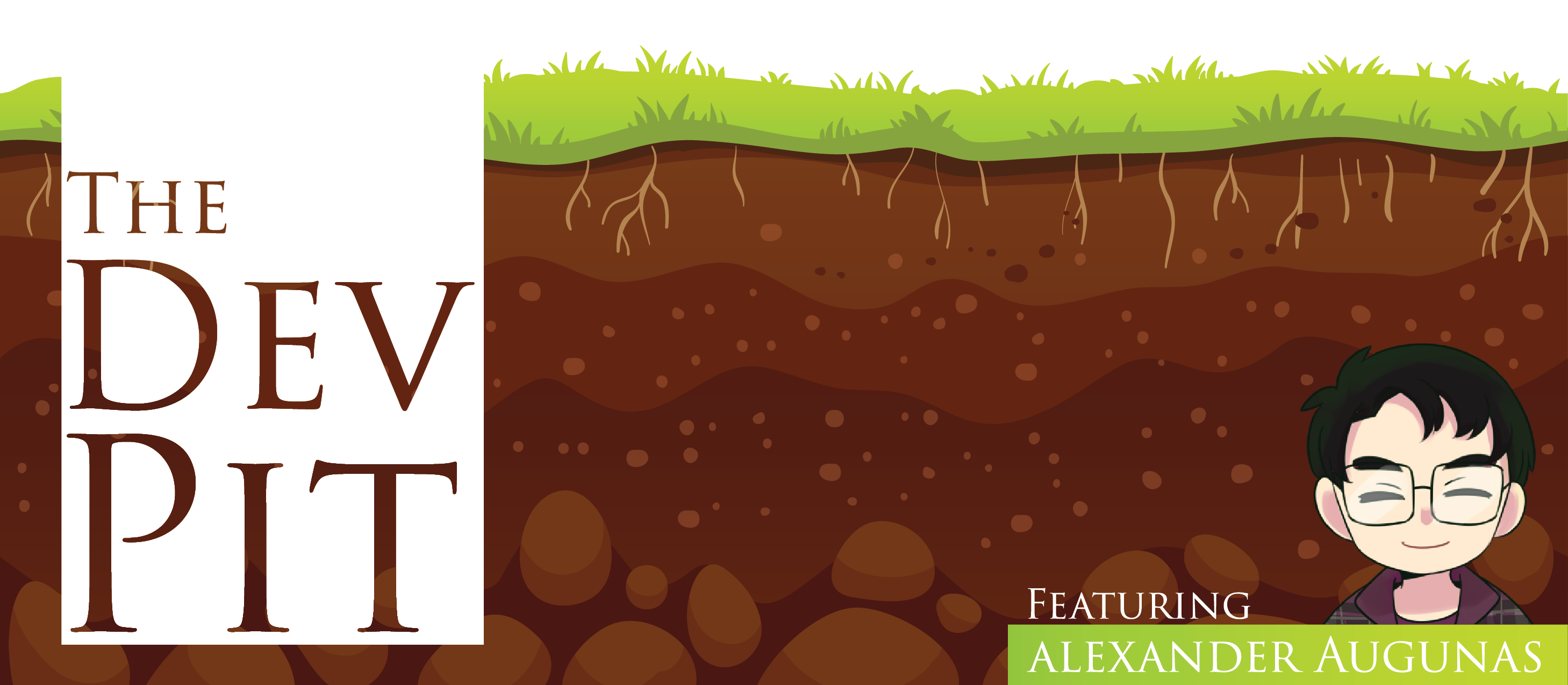
Alexander “Alex” Augunas, the Everyman Gamer, has been playing Tabletop Roleplaying Games since 2007 after a friend pretended to be his father in order to smuggle him out of high school so his gaming group had enough people to run a module. Today, Alex is the owner and publisher of Everybody Games, a co-host on Know Direction: Beyond and RPG Design Club, and a player on Stellar. You can follow Alex’s exploits on Twitter (@AlJAug), on Facebook, or on Patreon. Know Direction fans are also welcome to “@Alex” him on the Know Direction discord server!

